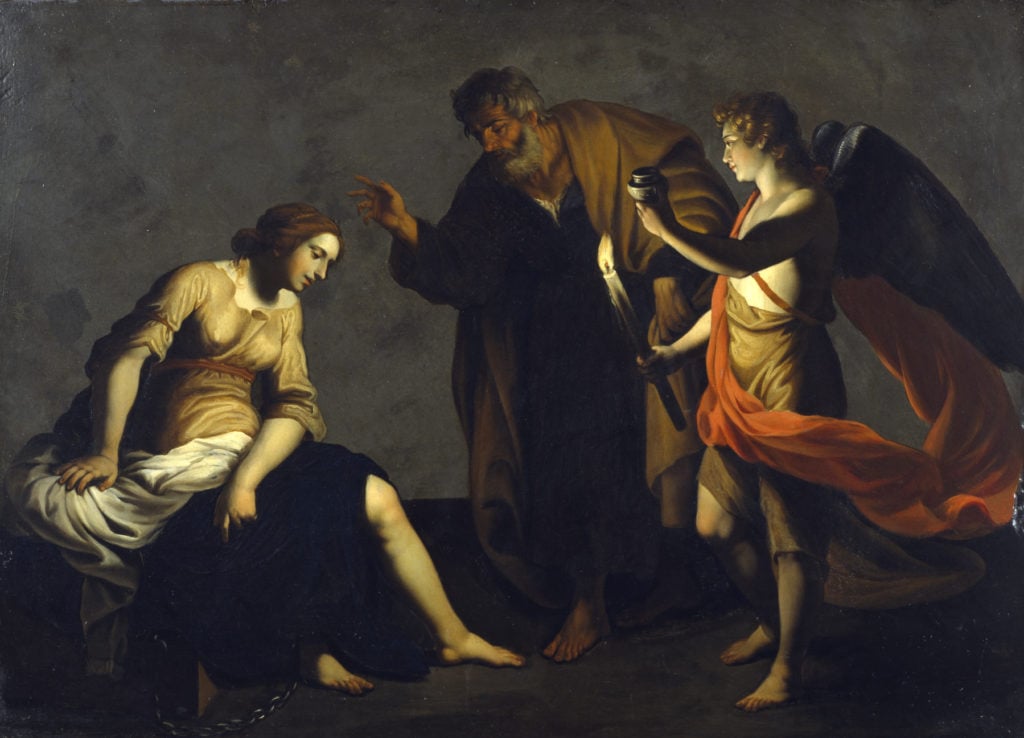TRIGGER WARNING: This story contains content about rape and sexual violence
Today is the feast day of Saint Agatha and, until yesterday, I had never heard of her.
I guess you could forgive me for not knowing much about the saints celebrated in Catholic, Orthodox and some Anglican traditions, seeing as I’m Baptist. We’re not exactly known for our veneration of saints or adherence to liturgical calendars. But – I somewhat sheepishly confess – I do sometimes teach Christianity in History, and my research is in Domestic and Family Violence prevention, so I really should have come across the strong, determined and thoroughly fascinating Saint Agatha before.
Since I hadn’t heard of her, maybe you haven’t either?
Saint Agatha is the patron saint of Sicily, bellfounders, bakers, breast cancer sufferers, rape victims, survivors of assault, abuse and torture, and wet nurses. How on earth did she end up with such a varied portfolio? Reading up on her history and hagiography (the idealised biography of a saint) gave me some idea.

Artist: Alessandro Turchi. Image: Walters Art Museum. https://commons.wikimedia.org/w/index.php?curid=187832701 License
Agatha was born in Sicily in 231 to a noble family. She dedicated her life to God and became a consecrated virgin. Her story unfolds during the Decian persecution, a particularly brutal period in history when many prominent Christians – including Pope Fabian – were martyred.
A diplomat named Quintianus (a fitting name for a real donkey), decided he could persuade Agatha to give up her vow and marry him. He relentlessly pursued her, but Agatha would not be forced. Angered, he had her arrested for her Christianity and brought before the judge. He was the judge! (And I thought today’s legal system was a nightmare for survivors)
Quintianus had Agatha imprisoned in a brothel. She was subjected to a month of abuse, assault and rape. When her faith in God did not waver, Quintianus changed his mode of attack: this time he sent her to prison, where she was tortured. This included having her breasts cut off with pincers.
This is where things get really interesting: Saint Agatha often appears in iconography carrying her excised breasts on a platter. This gave rise (pun intended) to Agatha Bread – round, iced fruit buns with a cherry on top, made to look like breasts. These are blessed and served on her feast day. Sometimes these cakes were mistaken for bells and now she’s the patron saint of bellfounders too!
It’s important for me to acknowledge that I have focused more on the fascinating (in the hope that you will go away and do some reading of your own) than the problematic.
If aspects of Saint Agatha’s hagiography have been difficult or triggering for you, please call 1800 RESPECT.
Erin Martine Sessions is Associate Lecturer in Integrative Studies at Excelsia College, Sydney, and part of Common Grace’s Domestic and Family Violence Justice team. She is a researcher, writer, speaker and poet. She bends time and space to binge-watch Netflix.



